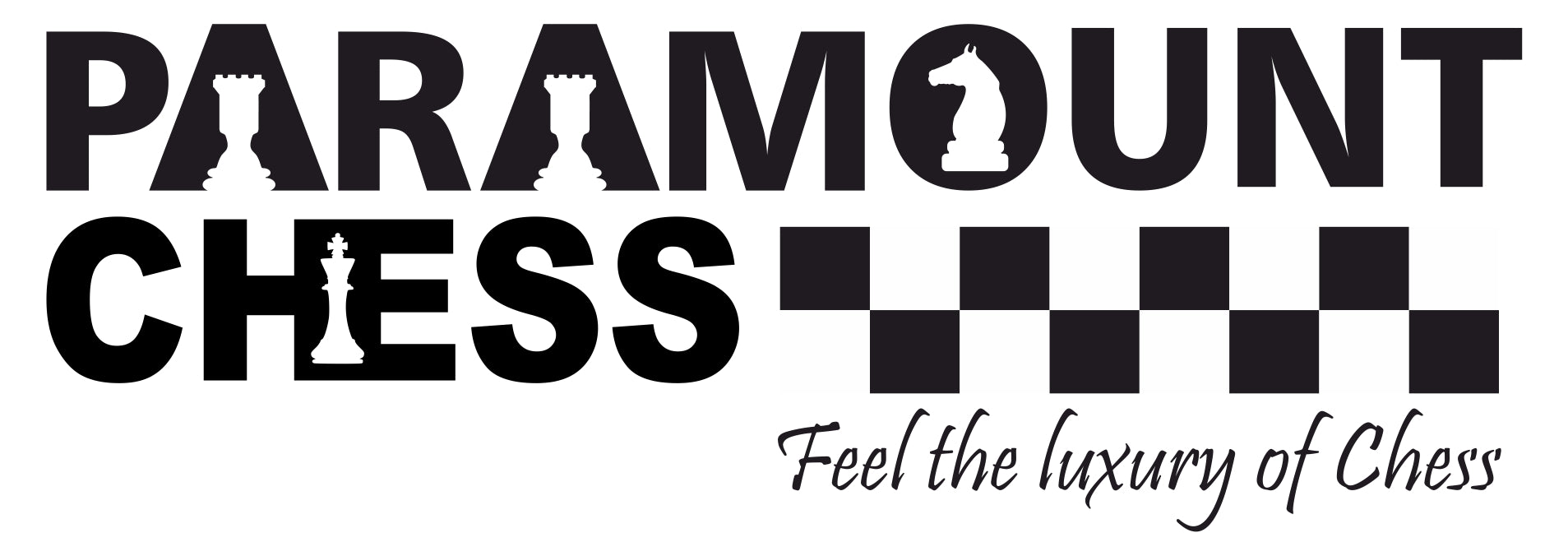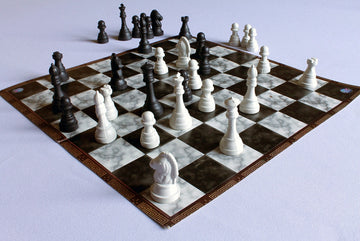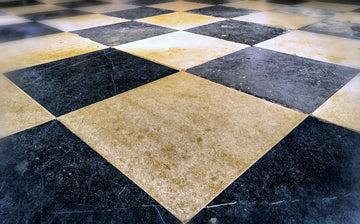Pawn Structure refers to the layout of the pawns on the chess board. Each opponent has 8 pawns to move around. Let's examine some of the basic pawn structures.
1. Passed Pawn
A passed pawn is one that has made it so far across the board that it cannot be stopped from pawn promotion. This is an extremely advantageous position for the player because this translates into an extra Queen. This would result in a checkmate in just a few more moves. Hence, it is one of the biggest benefits that a player may use to better their endgame.
In the figure below, we see that the a5 pawn has no obstacle in it's path for pawn promotion. The black king will not be able to block it. After promotion, if this pawn turns into a Queen, it is very easy for White to checkmate Black.

2. Isolated Pawn
An isolated pawn is one that does not have another pawn to defend itself. Isolated pawns are fairly common in the endgame. This makes it difficult for the player who is forced to use the main pieces to defend the pawns rather than attack the opponent.
Isolated pawns are weak links that if converted to a passed pawn can win the game. Hence it becomes important to defend them, especially during the endgame. In the figure below, the b4 and d4 pawns are isolated pawns. It would be beneficial for white to exchange the b4 pawn for a c4 pawn.

3. Connected Pawns
Connected pawns are those that can support each other. This is one of the most sought after pawn structures of the game. This is because the collateral damage in case of an attack is minimal, yet the attacking capability is greatly enhanced. When combined with larger pieces, this structure is further strengthened. As we see here, both sides have connected pawns. White's pawns are superior to Black's however since it controls more squares.

4. Backward Pawn
A pawn that cannot be moved forward fearing the possibility that it may be captured is called a Backward Pawn. This makes the pawn structure weak. The figure below illustrates a classic example of a backward pawn.

This is an extremely disadvantageous situation for black. Not only is the pawn on d6 a backward pawn, but the pawn on b5 may be converted into a passed pawn. It would be in the best interest of black to move the king to prevent this.
5. Doubled Pawns
One of the worst pawn structures to have! This involves having two pawns of the same color in the same line on the board. It is almost impossible to extract any tactical utilization from them. In addition to that, they take up unnecessary space causing havoc and affecting piece development. Quite often players sacrifice pawns to have the opponent deal with Doubled Pawns. The figure below illustrates pawns d3 and d4 as doubled pawns.

6. Hanging Pawns
Isolated pawns that aren't under imminent danger yet, but will be if moved forward are hanging pawns. They are basically hanging by one move, hence the name. It is an unfortunate situation to have since there cannot be any piece development without a sacrifice. It would require larger pieces to salvage something out of a situation as such. Here is an example illustrating this.

As we can see here, all the pawns are hanging pawns. To salvage this situation, each player would have to make use of their kings and hopefully obtain a passed pawn.
7. Pawn Majority
This refers to having more pawns on one side of the board than your opponent. This is a crucial aspect that determines the possibility of obtaining a passed pawn. In the middle game, this property can be very useful. The figure below illustrates this well. The white pawns are definitely in a majority and it is evident that one of them will be converted into a passed pawn. This would eventually alleviate the chances of white winning the game. Basic pawn structure.





